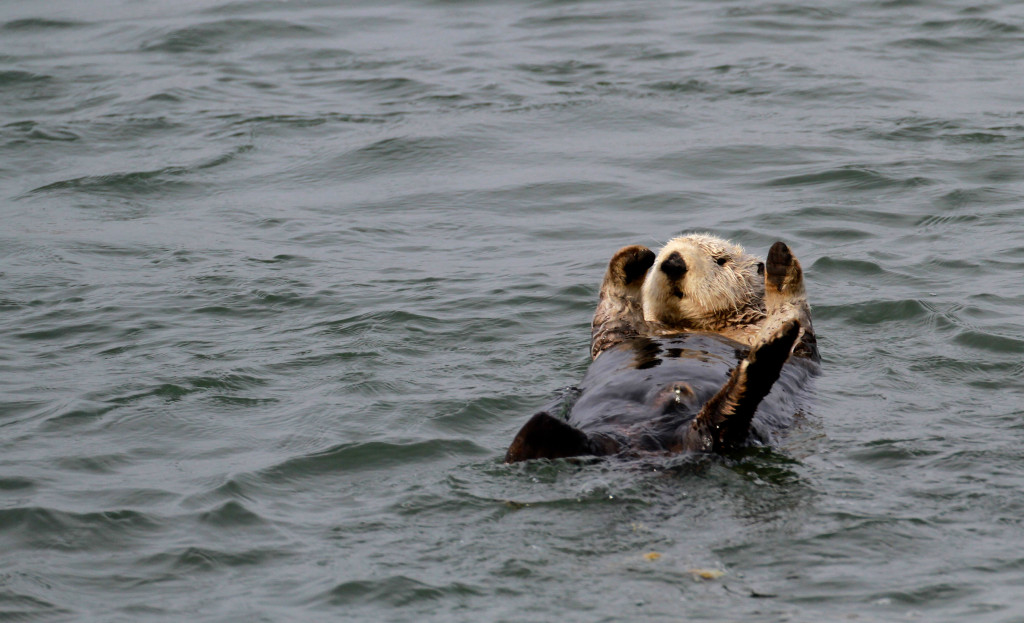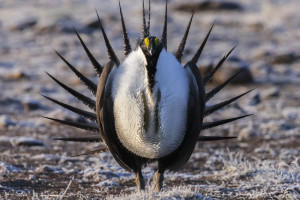What do Western Snowy Plovers, California red-legged frogs and Bay Checkerspot butterflies have in common?
These Bay Area locals are three out of 35 bay natives protected by the federal Endangered Species Act.
May 17th is Endangered Species Day, which this year coincides with the 40th Anniversary of the federal Endangered Species Act (ESA). Supporters are heralding the ESA as perhaps the most successful environmental policy in the U.S., having protected from extinction 99 percent of the 1,400 plants and animals listed.
“Over the last 40 years the Endangered Species Act has been tremendously successful at saving some of our most precious wildlife from sea otters to bald eagles as well as many lesser known but equally important plants and animals,” said Noah Greenwald, endangered species director with the Center for Biological Diversity.
The Act was signed into law by President Nixon in 1973 in a landmark event in which endangered plant and animal species as well as their ecosystems began to receive federal protection.
A study by the Center for Biological Diversity looking at more than 100 protected species in all 50 states, found that 90 percent were recovering at the rate specified by their federal recovery plan with many on their way to no longer being endangered.
The California Least Tern is one such success story with a 2,819 percent increase in nesting pairs over the past 40 years. The Center for Biological Diversity estimates it will be removed from the endangered list in the next 10- 15 years.
Despite this, there are still challenges to overcome.
Aside from a significant lack of funding, the ESA is often at odds with development or industry interests. In California, there has been much ongoing debate about exempting Central Valley water users and state water projects from Delta pumping restrictions. This area is home to the ESA protected species, Delta smelt, endemic to the upper reaches of the San Francisco Bay Delta estuary where they depend on low salinity habitat.
Environmentalists fear that by increasing the amount of fresh water pumped out of the Delta, any progress made on reviving the smelt population will be reversed.
“Protecting the Delta smelt is something that will help protect the bay as well,” said Greenwald. “It’s an example of how protecting endangered species protects ecosystems that we all depend.”
Under the Endangered Species Act more than 233 million acres of critical habitat have been protected, which in effect means that species within these habitats are twice as likely to be on the road to recovery than those outside.
“Protecting endangered species and their habitats really benefits us all,” said Greenwald. “It does that by providing pristine habitat that provides clean water, places for recreation and places for solitude- it benefits people in so many ways.”
Learn the threatened or endangered species live in your neighborhood with this interactive map.
[slideshow]
Alessandra Bergamin is an intern at Bay Nature.



